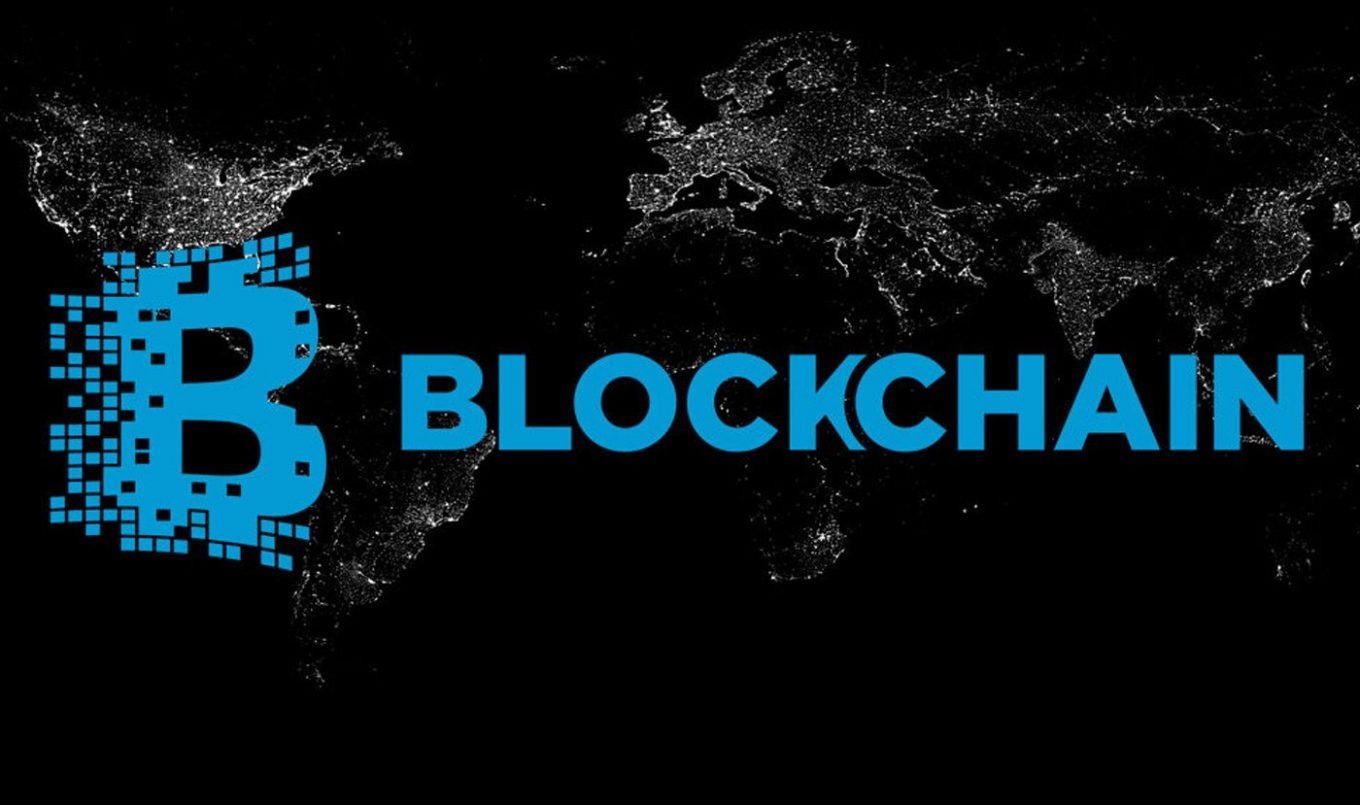
There’s so much hype centred around blockchain technology. Most of it has grounds in reality. At its fundamental core, blockchain technology ensures provable data immutability by using deal signatures and hash functions. Blockchains are like distributed databases in some ways. But private blockchains are more than that.
Demystifying Blockchain Technology
Blockchain technology was announced through a paper on “Bitcoin: A Peer-to-Peer Electronic Cash System” in 2008. The pure peer-to-peer version of electronic cash where network timestamps transactions through hashing these onto an ongoing chain, forming records which cannot be changed without undoing proof of work was the first mention of blockchain technology. Bitcoin is a cryptocurrency running on the bitcoin blockchains. The blockchain is essentially permission-less meaning anyone can spin up the node and begin mining bitcoins.
Private Blockchains Exist Too!
Many private blockchains are set up with permissioned features in which random strangers cannot become a part of it. Some popular blockchain platforms are Corda, Credits, BigChain DB, Quorum, Iroha, Stellar, Hyperledger Sawtooth and many more. Most blockchain use cases include lightweight financial systems, multiparty aggregation, provenance tracking as well as inter-organisational record-keeping.
Financial Use Cases: Are Blockchains Really So Widespread in Application?
The answer to that question is a resounding yes. Financial use cases for blockchain technologies include the banking and insurance sectors too. Asset registry, tracking, KYC, payments, smart wallets, trade finance and syndicated loans are blockchain use cases in banking.
Insurance sector applications include agent details registry, national policy, and claim records, verified KYC data and fraud repository. Other financial use-cases include clearing and settlements, asset-backed virtual currencies, corporate finance book running, escrow, fund portfolio management, depository receipts, payment gateway, etc.
Verification of academic records, record authentication, account records, birth certificates, health records, identity documents and regulatory/property/vehicle records are some areas where governments use blockchain. Other areas for blockchain application are as diverse as identity management, supply chain management, contract management, and voting.
Blockchains Offer a Lot of Value: True or False?
Blockchains can actually minimise frauds and increase efficiency, transparency, and security in healthcare, supply chains, global money systems, democratic elections and even energy trading and IoT to name just a few. Blockchain-as-a-Service or BaaS is already being provided by top tech majors such as Microsoft and IBM.
Full stack offerings of BaaS are available on the cloud platforms of these companies. The blockchain technology is moving from single use case like payments to inter and intra-company scenarios such as trade finance, farm-to-fork etc.
The value of blockchain has businesses interested in how they can develop new opportunities using distributed ledger technologies. Blockchain has surely made the shift from disruptive to foundational.
Concluding Thoughts
Blockchain-based solutions have the potential to increase efficiency across an array of use cases. Living up to the hype, blockchain technology in all its forms, from private to public, permissioned to non-permissioned, offers a range of possibilities. In that sense, it is the immense potential of blockchain technology that makes it live up to the hype surrounding it. With a wide range of protocols, quality data amassed, unimaginable security and a wide range of applications, blockchain is used by governments, businesses, groups and individuals the world over.
To learn more about blockchain technologies and digital currency, follow Phillip Nunn at phillipnunn.co.uk. He is an authority and a thought leader apart from being the CEO of the Blackmore Group as well as a cryptocurrency, fintech and blockchain expert.

Founder Dinis Guarda
IntelligentHQ Your New Business Network.
IntelligentHQ is a Business network and an expert source for finance, capital markets and intelligence for thousands of global business professionals, startups, and companies.
We exist at the point of intersection between technology, social media, finance and innovation.
IntelligentHQ leverages innovation and scale of social digital technology, analytics, news and distribution to create an unparalleled, full digital medium and social business network spectrum.
IntelligentHQ is working hard, to become a trusted, and indispensable source of business news and analytics, within financial services and its associated supply chains and ecosystems.



























